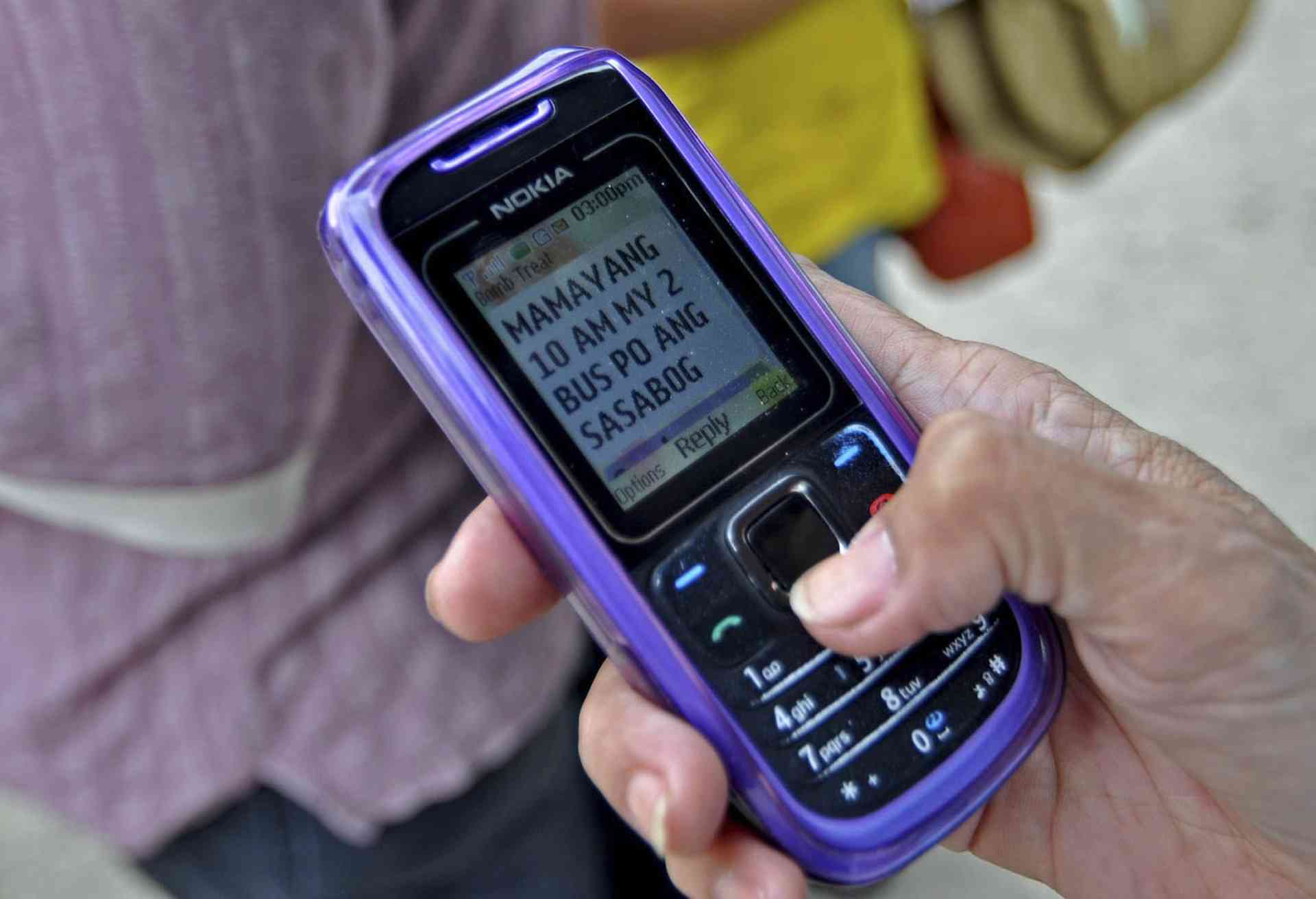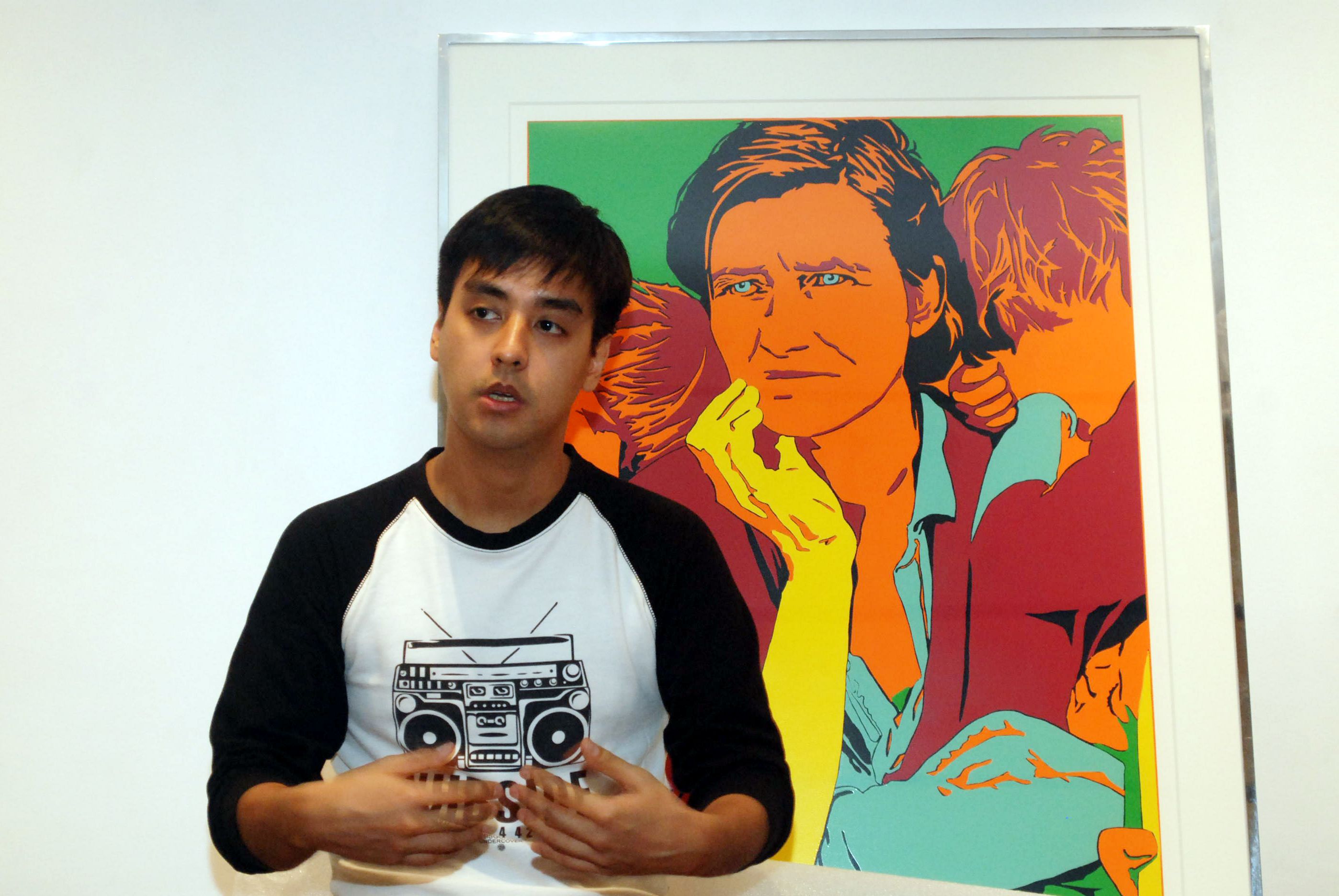LOS BAÑOS, Laguna — Nearly two decades after the twin murders of University of the Philippines Los Baños (UPLB) students Eileen Sarmenta and Allan Gomez, terror again gripped this quiet university town tucked at the foot of Mount Makiling 63 kilometers away from restless Metro Manila.
The rape and murder of Given Grace Cebanico and the fatal stabbing of Ray Bernard Peñaranda, both UPLB students, as well as the rape-slay of high schooler Rochel Geronda have brought a new wave of horror that left wounds so deep they may take a while to heal.
It was on Oct. 11, 2011 when Cebanico, a junior Computer Science student, was raped and killed in the dimly-lit Institute of Plant Breeding (IBP) Road inside the university compound.
A witness, who testified against arrested suspects tricycle driver Percival de Guzman, 38, and bank security guard Lester Ivan Rivera, 22, said they had planned on robbing Cebanico, who was then on her way to her dormitory around 3 a.m. after working on a group assignment in Barangay (village) Batong Malake. But he backed out, the witness said, when de Guzman and Rivera instead abducted Cebanico and took her to the IPB vicinity.
Cebanico’s body, with hands bound behind her back and mouth gagged with a handkerchief, bore stab wounds and a gunshot in the head when found near a shallow canal the following morning.
The outrage over Cebanico’s death had barely died down when 14-year-old Rochel Geronda was found dead on Feb. 29, 2012, also in Batong Malake. She had been raped before being strangled to death with her own pair of jogging pants. The student from the Los Baños National High School was a familiar face to the UPLB students, who remembered her selling sampaguita leis at the university’s Freedom Park for extra school allowance.
Geronda’s family later realized that their daughter never arrived at a computer shop after she had left their home at the Riverside subdivision around 8 p.m. Her half-naked body was found in a private lot a few hundred meters from the hut of the property’s caretaker Alberto Sigue, 30.
Sigue and a security guard he used to hang out with, Fredolin Presenta, 51, were arrested three weeks after Geronda’s murder, but not before another UPLB student, Ray Bernard Peñaranda, 19, was killed by robbers on March 4.
Peñaranda, an Agriculture student, and his two friends had come from a dance rehearsal in the campus when attacked along F.O. Santos Street in Batong Malake at around 1 a.m. Out of fear, Peñaranda’s companions scampered to hide before the suspects escaped on their motorcycle. A security camera installed on a nearby dormitory captured Peñaranda’s final moments as he succumbed to the stab wound in his chest.
Confessed lookout Joseph Beltran, 25, surrendered to the authorities two days after the murder. He said he “felt sorry” for the victim and named suspects Carl “Dactyl” de Guzman, 27, as the one who drove the suspects’ motorcycle and Tyronne Kennedy Terbio, 19, as the attacker who stabbed Peñaranda. Terbio turned himself in on March 8, while de Guzman who, it was later revealed, is related to Cebanico attacker Percival, was arrested in Daraga, Albay on March 9.
In an interview, Beltran said he used to tag along with de Guzman and Terbio when they held up UPLB students. He revealed that they received “protection” from some policemen in Los Baños.
Public clamor
The recent murders recalled the 1993 rape-slay of Sarmenta and the murder of Gomez that led to the eventual conviction of former Calauan mayor Antonio Sanchez. UPLB student enrollment dropped by 10 to 20 percent immediately following the Sarmenta-Gomez slay.
The reaction this time has been more pro-active.
At the onset of the deaths of Cebanico, Geronda, and Peñaranda, thousands of students, faculty, and alumni rallied behind a collective clamor for justice and a safer academic community.
Bayan Muna representative and UPLB alumnus Teddy Casiño on March 6 filed a house bill calling on the government to “ensure that proper safeguards are put in place to protect the students and citizens.”
Facebook and other social networking sites meanwhile provided an accessible avenue for students to air their sentiments on the authorities’ perceived failure to curb criminality.
“I consider Elbi (colloquial for UPLB) as the safest place na napuntahan ko. Kahit abutin ka ng madaling-araw sa kalye at maglakad mag-isa, ay ayos pa rin. Pero ngayon, ibang-ibang na, (UPLB used to be the safest place there is. You can walk its streets alone even during the wee hours of the morning and it was fine. But it’s very different now)” wrote Development Communication professor Edmund Centeno on Facebook. When interviewed, Centeno said the parents of one of his students felt that UPLB was no longer safe following Cebanico’s murder and wanted to transfer their child to the UP Diliman campus. “We tried explaining that crimes were an isolated case, but it seemed the mother had a point,” he said.
On the website of LB Times, a community paper published by Development Communication students, a UPLB graduate posted: “During my LB life, hindi ganyan. ’Pag may workshop even (if) nighttime or early morning matapos okay lang, (kasi) safe to ride a jeep or walk inside the UPLB campus, pero ngayon grabe na… that’s my hometown pero nakakatakot na mag-vacation dyan. (Things are different now. It’s my hometown but I now find it scary to take a vacation there).”
Another user, named Charm, wrote: “Marami sa amin, at kasama si Ray (Peñaranda) doon, na kaya ginagabi ay dahil sa mga projects at exams… Ang isyu dito ay ang safety ng mga students at mamamayan kahit ano pang oras ’yan. (Most of us, including Peñaranda, go home late because of school projects and exams. The issue here is safety among students and citizens, no matter the lateness of the hour).
Security from the inside
Cebanico was not the first murder victim found along the IPB road. On July 24, 2011, Los Baños residents Bradley Inway, 16, and Gilbert de Ocampo, 23, were killed in what their families claimed was a police summary execution also in the IPB vicinity.
Meanwhile, robberies continued even at the height of the Peñaranda murder investigation. One victim was 19-year-old UP Open University student Peter Cruz, who was mauled by burglars in his home in Barangay Anos on March 9.
For the past three years, physical injuries, theft and robbery have topped the list of crimes reported in Los Baños (population 119,000.) Records from the Laguna police office showed that there were 183 cases of theft reported in 2009; 100 in 2010; 47 in 2011; and 5 from January to the first week of March 2012. The number of rape cases appears to be dipping: 13 in 2009; 5 in 2010; 11 in 2011; and 2 from January to the first week of March 2012.
A challenge however, according to UPLB chancellor Dr. Rex Cruz, “was how to provide security to the students from the inside.”
UPLB has a population of about 12,000 teachers, expatriates, transients and students, but only 2,000 to 2,500 are accommodated in the university dormitories, with the rest renting apartments or dorms in the surrounding villages of Batong Malake and Anos. The university, before the murders, had a 27-member University Police Force (UPF) to man the 400-hectare UPLB lower campus, where most students stayed.
In Batong Malake, the village’s population of around 16,000 is doubled by the number of “transient residents” (UPLB students, employees) so security became a tough job with only 18 village watchmen and two patrolling cops. Village councilor Janos Lapiz said this made Batong Malake seem like a “greener pasture” to thieves and felons compared to the other villages.
Still safe?
Immediately after the murder of Peñaranda, Laguna police director Senior Superintendent Gilbert Cruz ordered the relief of Los Baños police chief Supt. Dante Novicio and 30 other policemen. Los Baños was placed under the control of the provincial police headquarters, as police Chief Inspector Conrad Masongsong, from the regional office, took over as the town’s police chief.
Weeks after the revamp in the Los Baños police force, CALABARZON (Cavite, Laguna, Batangas, Rizal, Quezon) police director Chief Supt. James Melad announced that eight policemen formerly assigned in Los Baños, had been placed under investigation based on reports that they “coddled” the thieves who had victimized the UPLB students.
According to UPLB vice chancellor for community affairs Dr. Enrique Tolentino, security measures were in place even before the murders. He said the university has 18 security cameras installed around the campus and imposes a 10 p.m. to 4 a.m. curfew on the students. After the murders and the multi-sector security summit on March 28, the university augmented its security personnel with 11 more to join the UPF, 41 to form the Community Support Brigade and 75 blue guards from a private agency. The cameras were repositioned and enhanced, road barriers were placed at the entrance and exit points of the campus, and budget was allocated for additional light posts along the one-kilometer IPB road. Tolentino said the university also plans to establish a University Alert Center and construct additional dormitories and facilities inside the campus to keep more students under their watch.
Los Baños Mayor Anthony Genuino maintained that the murders were an “isolated case.” In a statement issued by the local government in March, Genuino said, “nobody wanted the unfortunate incidents to happen, but as the mayor, I take full responsibility.”
Following the murders, the municipal government installed 200 additional lampposts, and plans on setting up security cameras along dormitory strips and commercial areas. Thirty more cops were deployed to Los Baños with 15 new outposts placed to beef up police visibility along major thoroughfares.
The Laguna provincial government donated 10 multi-cab vehicles that now provide service to students inside and outside the campus during critical hours at night, while the municipal government has reinforced the existing 10 p.m. to 4 a.m. curfew on minors, and the ban on serving liquor in restaurants and bars after midnight, and imposed an anti-loitering ordinance from 12 midnight to 4 a.m. effective March 12. “These ordinances are meant to eliminate the windows of opportunity for the commission of crimes,” Genuino said.
“(The scare) is a normal human reaction because (the murders) happened in a university setting and unfortunately involved UP students. But please take note that these (incidents) took place outside the university,” Tolentino said.
As of last week, around 1,600 out of more than 2,100 who qualified to enroll in UPLB had undergone the required medical examination for admission in the university this school year. Tolentino said the figures do not necessarily reflect the crime wave’s effect on the students’ enrollment, “as others may have just decided not to enroll for some other reasons.”
He added: “But I would say that a lot of students would still want to enroll in UPLB with around 3,000 applicants on the waiting list. It is still very safe here (and) we are doing everything we can to keep UPLB safe.”











































